
With laws now in place to bring the UK to net-zero by 2050, organisations are beginning to comprehend the climate emergency at hand and are wanting to act. It is a common misconception that making changes is too costly or difficult for businesses; this guide explores the top 7 things to think about when setting green targets for your business, and how NeuerEnergy can assist your sustainability journey.
1 - Measure
‘What gets measured - gets done.’
Measuring your carbon footprint is when a business calculates the greenhouse gases emitted through its activities. The process quantifies your carbon emissions into tonnes of carbon dioxide equivalent (tCO2e), and is often broken down into three scopes, as per the Greenhouse Gas Protocol, for easier reporting:
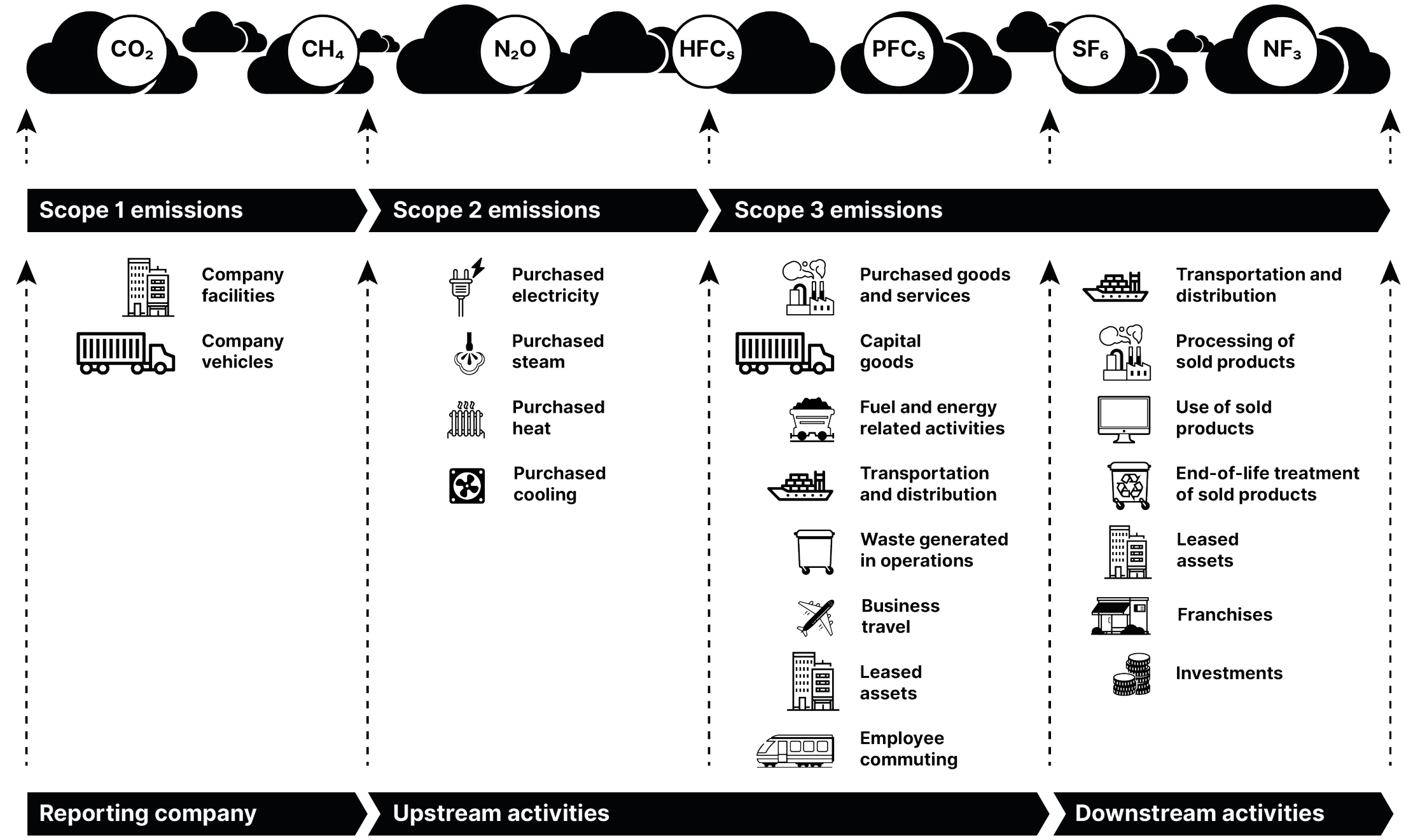
- Scope 1: Direct emissions from operations that are owned or controlled by your company.
- Scope 2: Indirect emissions from the generation of purchased or acquired electricity, steam, heating or cooling consumed.
- Scope 3: All indirect emissions (not included in scope 2) that occur in the value chain, including both upstream and downstream emissions.
Understanding the size of your carbon footprint offers your organisation an accurate insight into your environmental impact. The size and breadth of your emissions will be unique to you and will shape how you start your net-zero journey.
Measuring your emissions can be a long and challenging process. At NeuerEnergy, our cloud-based platform can help you measure and validate your business emissions.
2 - Plan
‘Net-zero is a journey, not a destination.’
 Now you know the size and scope of your emissions. Your next goal is to produce a target and plan on how to reach net-zero.
Now you know the size and scope of your emissions. Your next goal is to produce a target and plan on how to reach net-zero.
Your plan will be unique to your business and will see you enact a myriad of different tactics for reducing your scope 1, 2 and 3 emissions. Your goal will be to reduce your emissions to as close to zero as possible and ideally to the standards of a science-based target.
A science-based target provides a clearly defined pathway for companies to reduce emissions in line with the latest climate science deems necessary to meet the goals of the Paris Agreement.
Whether your net-zero plan is to UN Race to Zero, ISO14604, PAS:2060, SBTi or any other standard, your plan should aim to match targets of limiting global warming to well below 2°C above pre-industrial levels and pursuing efforts to limit warming to 1.5°C.
3 - Reduce
‘The greenest kWh is the one you don’t use.’
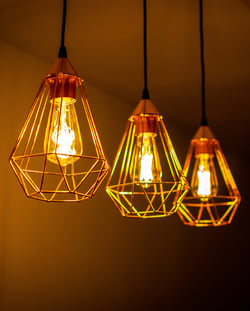 By measuring and planning it should become clear where you should start in your carbon reduction journey. First, try and tackle the emissions that are easiest to address and fix – your ‘low hanging fruit.’
By measuring and planning it should become clear where you should start in your carbon reduction journey. First, try and tackle the emissions that are easiest to address and fix – your ‘low hanging fruit.’
These will vary depending on your business, and staff at NeuerEnergy can assist you in finding and tackling these. Some quick wins could be:
- Addressing electricity waste in your buildings through the installation of energy-efficient technologies such as LED lighting and a "Building Management Systems" (BMS). This is a straightforward way to lower your scope 2 gross emissions and get a quick payback through certain technologies.
- Reduce waste generated throughout the business and endeavour to recycle more. Looking for greener waste disposal options can make a long-lasting impact on emissions and global waste.
- Think about where you are buying equipment and materials. Shopping locally can decrease your scope 3 emissions significantly and help support smaller and greener businesses.
There isn’t a magic bullet for climate change, but little and often changes will make a substantial difference.
4 - Procure
‘Source the greenest and cheapest energy contract.’
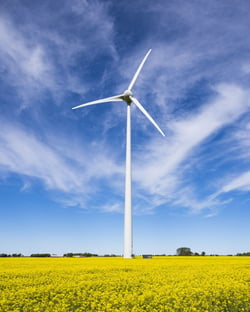 More and more companies around the world are committing to procuring their electricity from green renewable sources; this is where assets such as large scale solar & wind are used to generate your businesses' power demands. By doing this, you can make a significant impact on your scope 2 emissions.
More and more companies around the world are committing to procuring their electricity from green renewable sources; this is where assets such as large scale solar & wind are used to generate your businesses' power demands. By doing this, you can make a significant impact on your scope 2 emissions.
There are many tariffs on the market that claim to be 100% green, but not all provide meaningful support to renewable generation. Suppliers can buy cheap energy certificates (Called REGOs in the UK) which let them claim they supply renewable electricity, without ever needing to invest in renewables or buy directly from a renewable generator - this is called greenwashing.
A greener alternative is to procure your energy through Power Purchase Agreements (PPAs).
PPAs (Power Purchase Agreements) come with a certificate for every MWh purchased. This enables your business to prove that your energy supply originated from a green source named renewable energy asset, for example, a wind or a solar farm.
NeuerEnergy’s AI-enhanced platform lets you compare different energy contracts to ensure you have the greenest and cheapest service on the market, saving you months of manual research while matching your energy requirements and reducing risk.
5 - Generation
‘Generate your way to a greener tomorrow.’
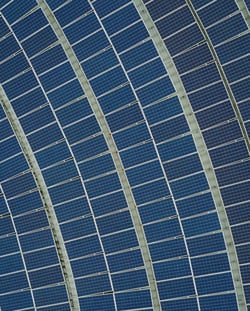 Generating electricity on-site, through the installation of products like solar, allows you to produce green power for free.
Generating electricity on-site, through the installation of products like solar, allows you to produce green power for free.
Here are a few of the key benefits of the technology:
- Sustainable: By producing electricity on-site, you are increasing the overall global amount of green generation, whilst making a significant impact on your personal emissions. On average, solar can reduce your gross scope 2 emissions by over 10%.
- Cost: Once the hardware has been installed, you will be generating power for free at the site. With UK energy costs hitting a record-high in 2022, solar and other generation technology can offer serious cost reductions to your energy spend. If the system is large enough, you could even qualify for a free asset through a power purchase scheme.
- Security: It is crucial for businesses to be resilient – and onsite generation could help you ensure business continuity if you face power shortages in the future. By generating enough power on-site, particularly if you combine it with a battery storage solution, you can become resilient to power cuts on the grid.
NeuerEnergy can help you understand the financial benefits of installing on-site generation, recommend partners, and help you calculate the ideal asset size.
6 - Electrification
‘Now you’re cooking with electricity.’
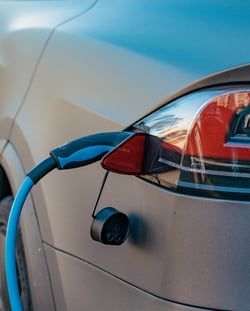 The act of electrification is where you replace assets and processes that traditional use fuel or gas for electricity. The two most well-known solutions are electrifying your personal & fleet vehicles and electrifying your gas-driven processes like heating.
The act of electrification is where you replace assets and processes that traditional use fuel or gas for electricity. The two most well-known solutions are electrifying your personal & fleet vehicles and electrifying your gas-driven processes like heating.
The reason this is better for the environment, and a worthwhile investment for your carbon net-zero journey, is that the fuel source (electricity rather than natural gas or petrol/diesel) is readily available as a green alternative - especially if you have used NeuerEnergy’s platform to help procure green PPAs. Said another way, green electricity is easier and more common than green gas.
The major benefit of electric vehicles is the contribution that they can make towards improving air quality in towns and cities. With no tailpipe, pure electric cars produce no carbon dioxide emissions when driving. If you charge these vehicles at sites with green energy - you are reducing your vehicle emissions significantly.
A greener alternative to natural gas heating is air & ground source heat pumps. A heat pump uses refrigerant technology to take energy from outside and transfers it into heat to be circulated around a heating and hot water system. Although a relatively new technology today in the UK, the government are targeting 600,000 heat-pumps installations a year by 2028.
7 - Offsetting
‘Plant a tree and save the world.’
 Carbon offsetting is a process by which funds are directed towards projects that help reduce global emissions. Companies who prioritise carbon offsets instead of reducing their carbon footprints are known to have become ‘carbon neutral;’ whereas businesses who reduce the most of their scope 1, 2 and 3 emissions and offset the small remainder are known as net-zero.
Carbon offsetting is a process by which funds are directed towards projects that help reduce global emissions. Companies who prioritise carbon offsets instead of reducing their carbon footprints are known to have become ‘carbon neutral;’ whereas businesses who reduce the most of their scope 1, 2 and 3 emissions and offset the small remainder are known as net-zero.
Carbon offset developments might include a variety of projects aimed at reducing deforestation or regenerating degraded forests, efficient cook-stoves in rural villages, bio-gas production from organic matter and much more.
NeuerEnergy can help you procure carbon certificates that match the ethos and culture of your business. All our projects will also contribute towards several of the UN sustainable development goals.
Companies such as Adidas, Toyota and more have used our expertise in their Net-Zero journey. If you think we can help your company, please contact.



